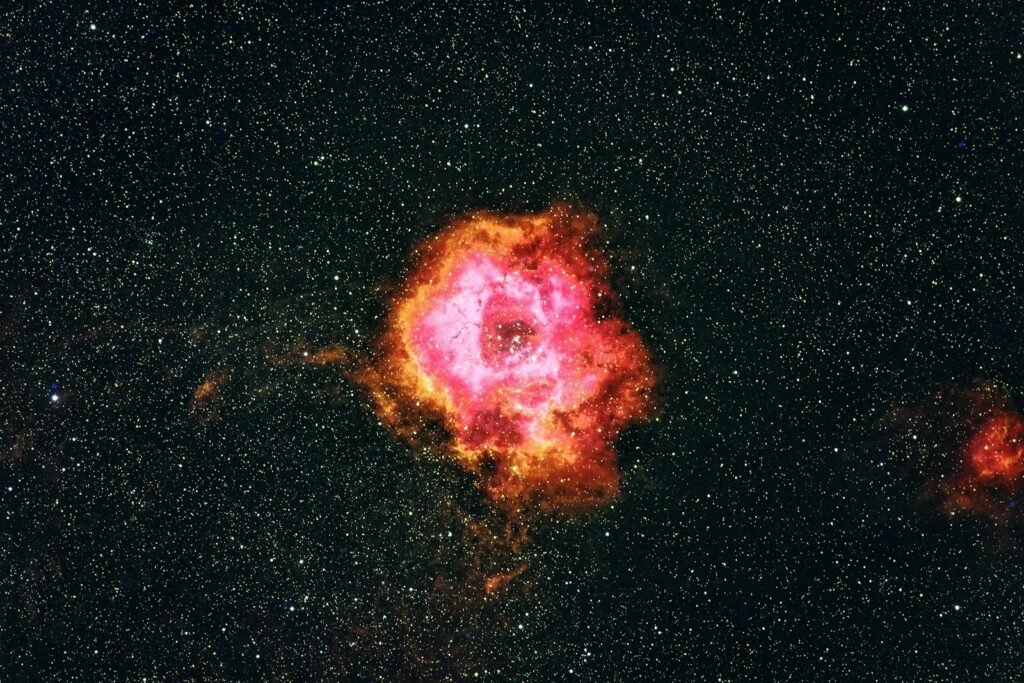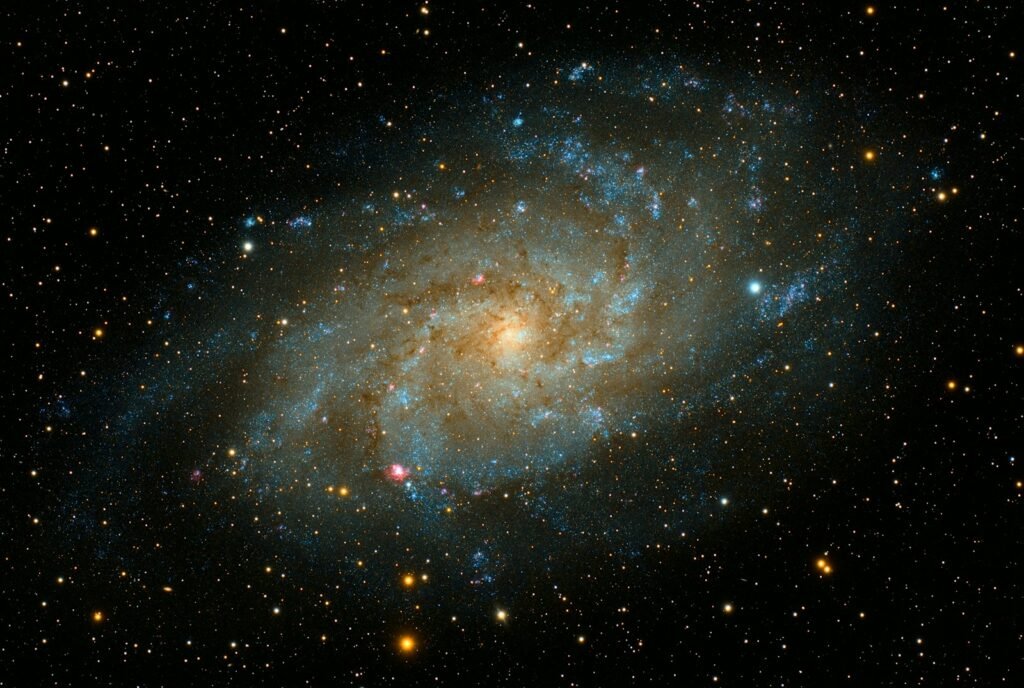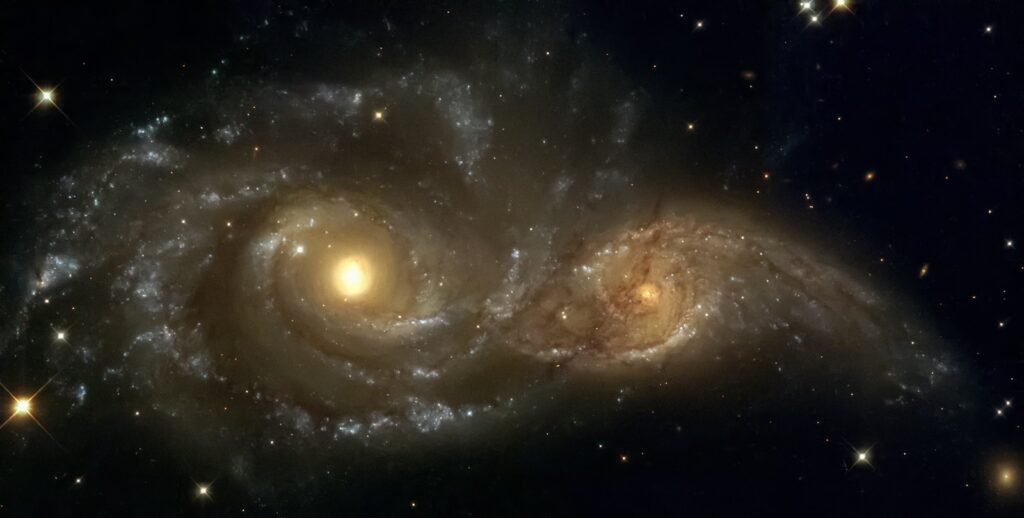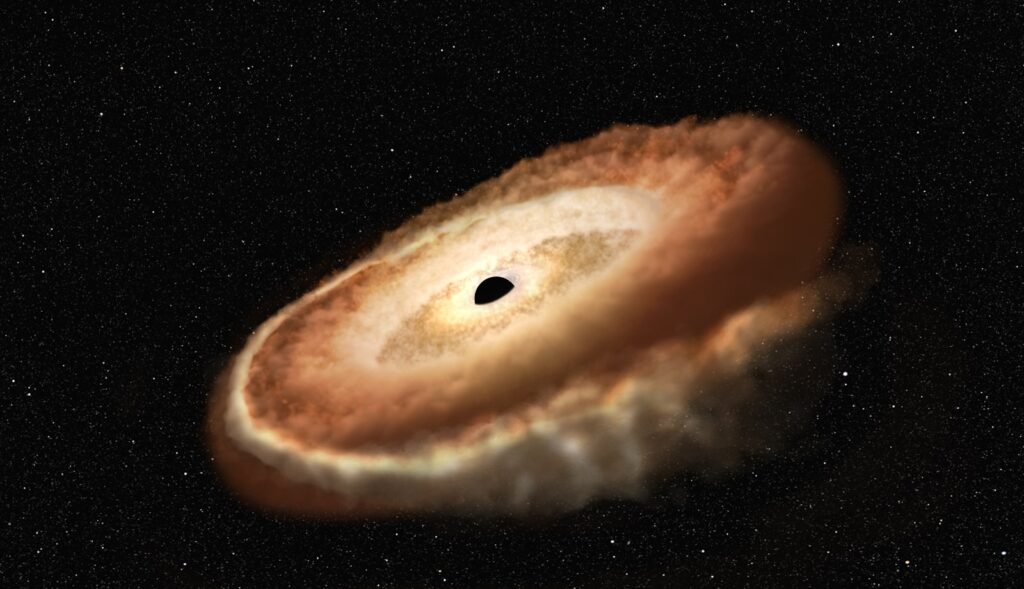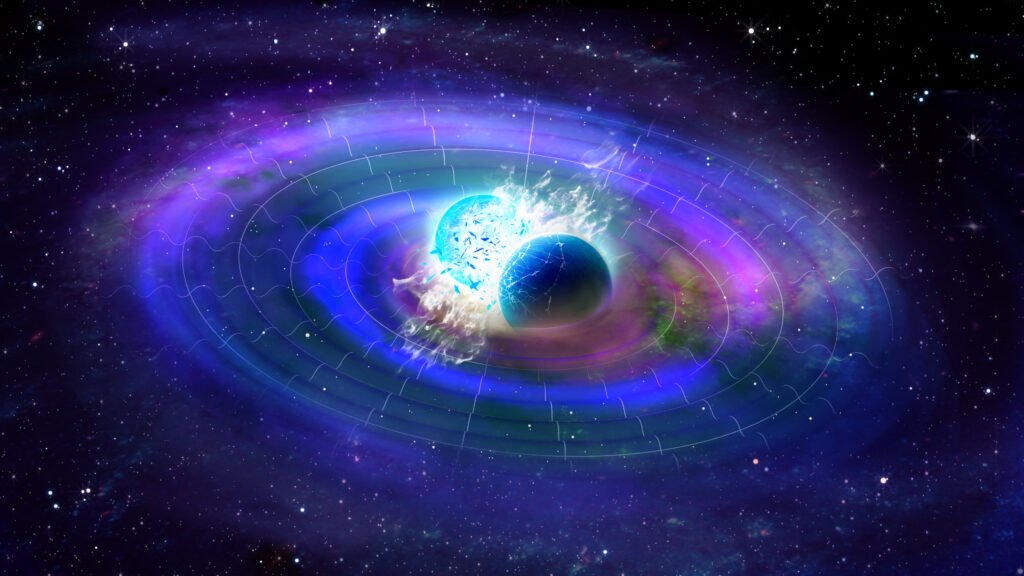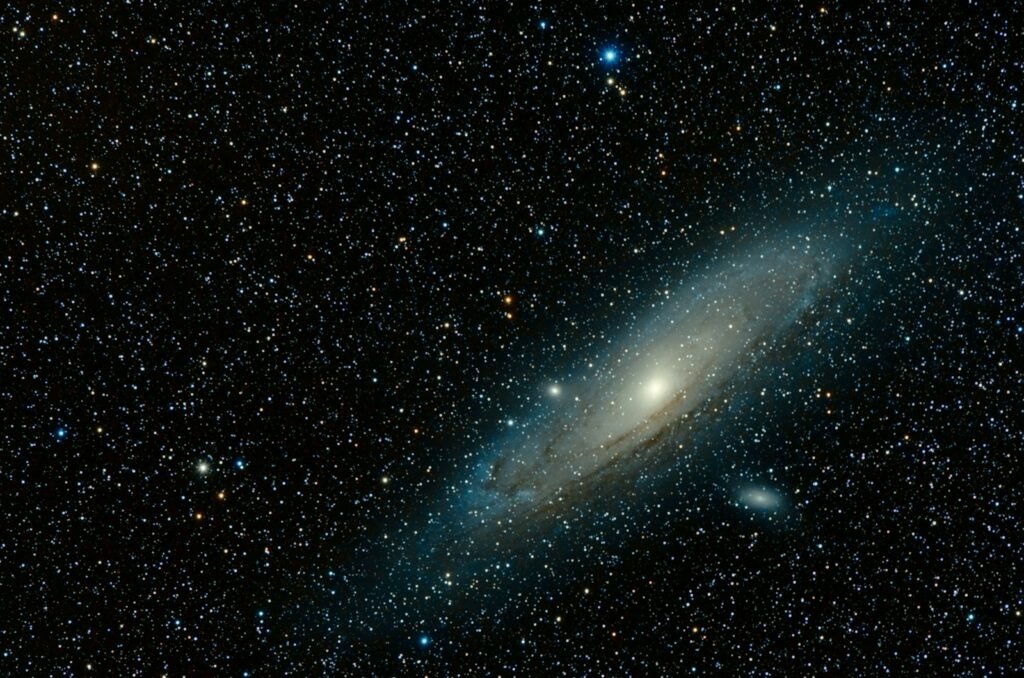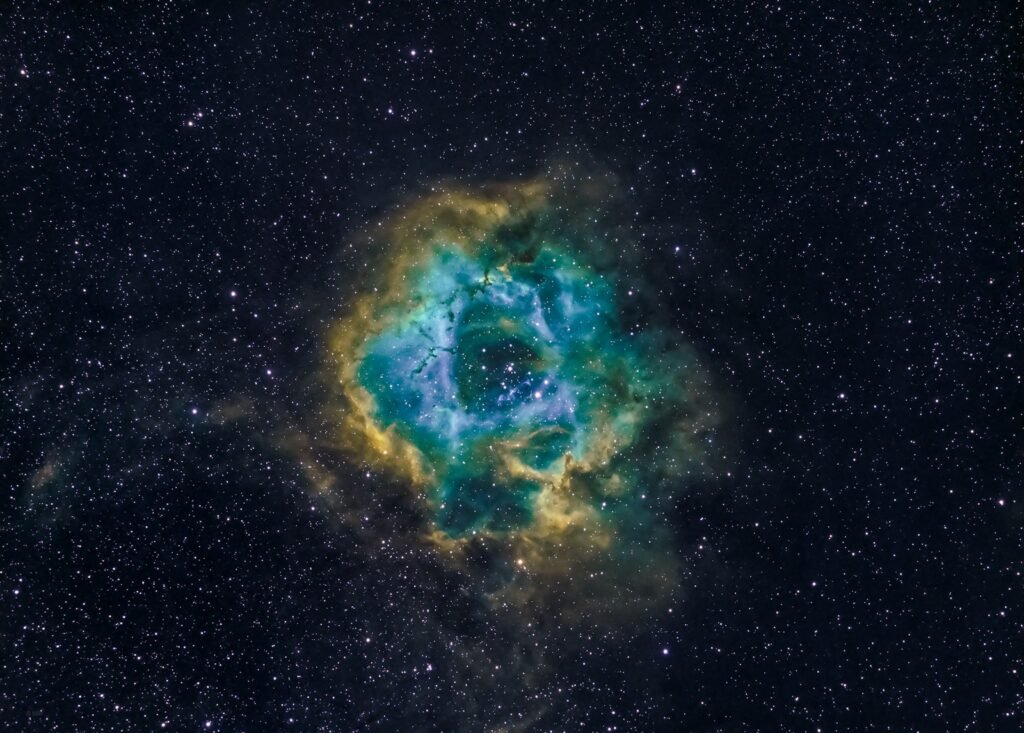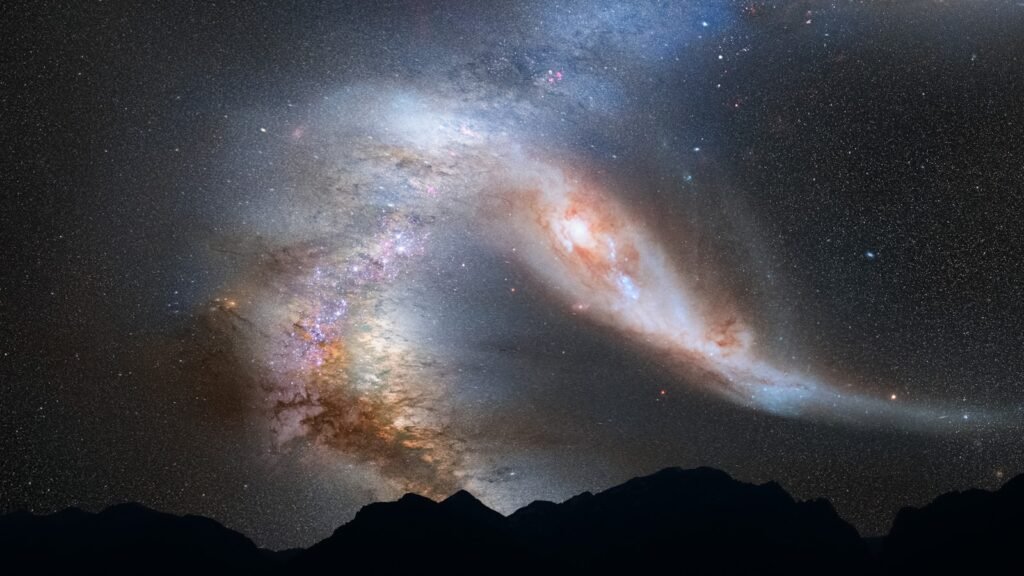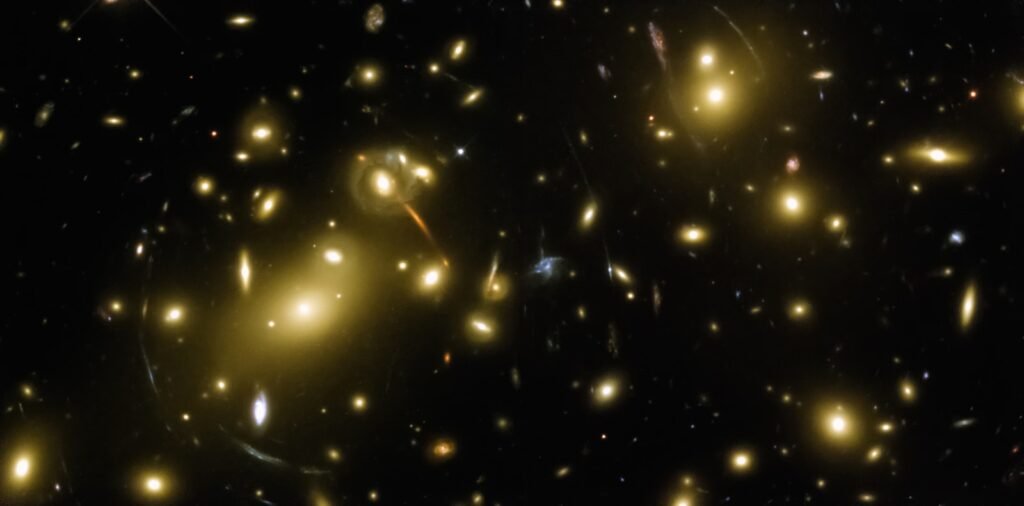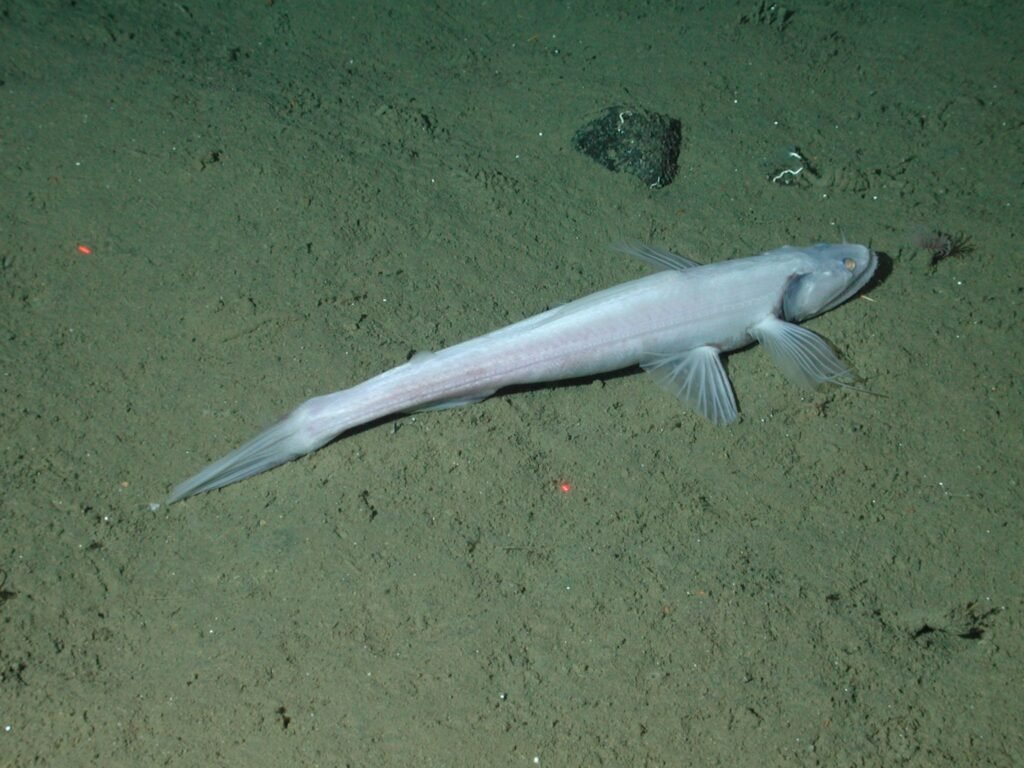The Universe’s Oldest Stars Reveal Surprising Secrets
For decades, astronomers thought the earliest stars were little more than distant pinpricks, silent witnesses to a universe still finding its shape. Now, those same ancient suns are turning into loud storytellers, upending long-held theories about how galaxies, black holes, and even the elements in our blood first formed. Using a new generation of ...

